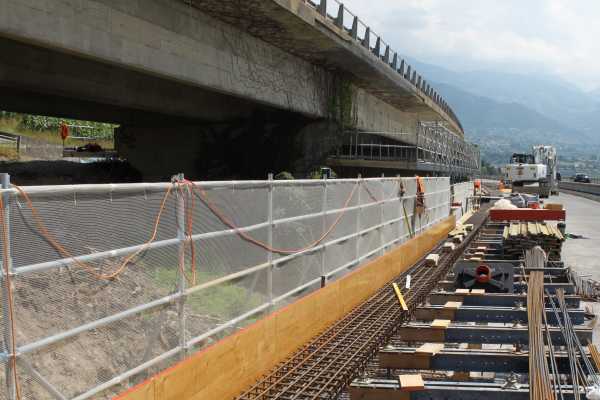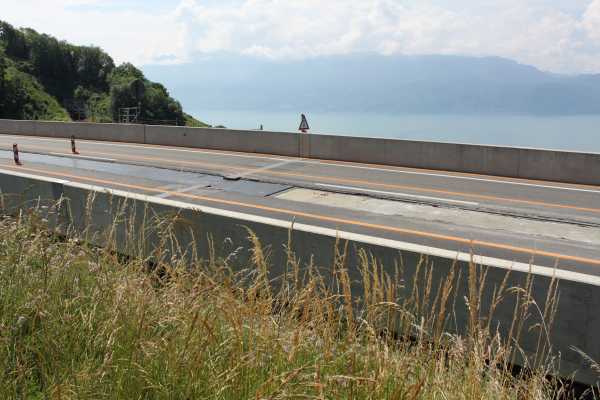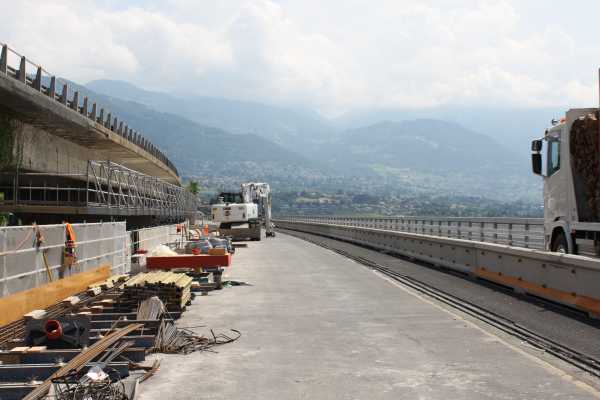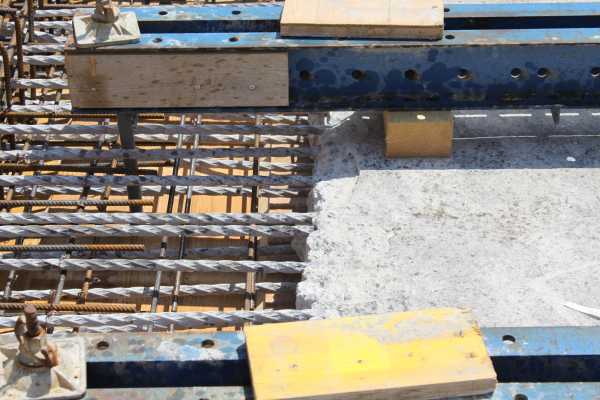Integrated planning of maintenance interventions on road sections comprised of assets of multiple types (MINERVA)
Project description
The future of national roads is one where both human driven and automated vehicles travel seamlessly from their origins to their destinations. Potential disruptions to unhindered travel will be foreseen with the extensive use of surveillance technologies, and either prevented through the implementation of detailed action plans or their consequences eliminated with the seamless rerouting of vehicles along alternate routes so that there are virtually no traffic jams and as little as possible lost travel time. Interventions on the infrastructure, whether it be the filling of pavement cracks, or the rehabilitation of bridges, will be grouped together in ways that minimize traffic disruption, while maintaining as low as possible costs.
MINERVA will develop tools to help enable the realization of the latter part of this future. It will include the development of a new process to enable the integrated planning of maintenance interventions on road sections that are comprised of assets of different types. The process will increase the efficiency and effectiveness of the process through the optimal exploitation of digital tools. This process will harness the power of mathematical models built using state-of-the-art concepts, including
a) mixed integer programming models or heuristics to determine the optimal spatial and temporal work clusters to be performed in the future on assets considering their specific characteristics.
b) Monte Carlo simulations and failure trees to predict the asset level interventions required in the future, capturing the uncertainty associated with the prediction of the future condition, the likelihood of damage due to potentially disruptive events such as natural hazards, and the behavior of the asset as a function of its components
c) dynamic Bayesian networks to predict the future condition of assets and corresponding levels of uncertainty, and
d) multi-variate kriging for roads and structures to ensure accurate estimates of current condition of assets when there are incomplete data sets.
The objective of the mixed integer programming models or heuristics, and the Monte Carlo simulations and failure trees is to maximize net-benefit, which will be the difference between a reference strategy / program and the investigated strategies / programs. The net benefit will include a) the differences in intervention costs (Wirtschaftlichkeit), b) the differences in travel time and accidents (Verkehrsfluss, Netzstabilität), and c) the differences in vehicles operating costs and driving comfort (Verkehrsflüsse, Netzstabilität).
The description of the new process will include not only the illustration of how the new models and tools can be used, but will also make clear the requirements to optimally exploit digitalization. These requirements will include the required data and digital tools. They will be defined considering the existing data situation and digital tools already in use, and future planned developments. MINERVA will help optimally use digital tools to support ASTRA in the integrated planning of maintenance interventions on road sections comprised of assets of multiple types.
Supported by:




